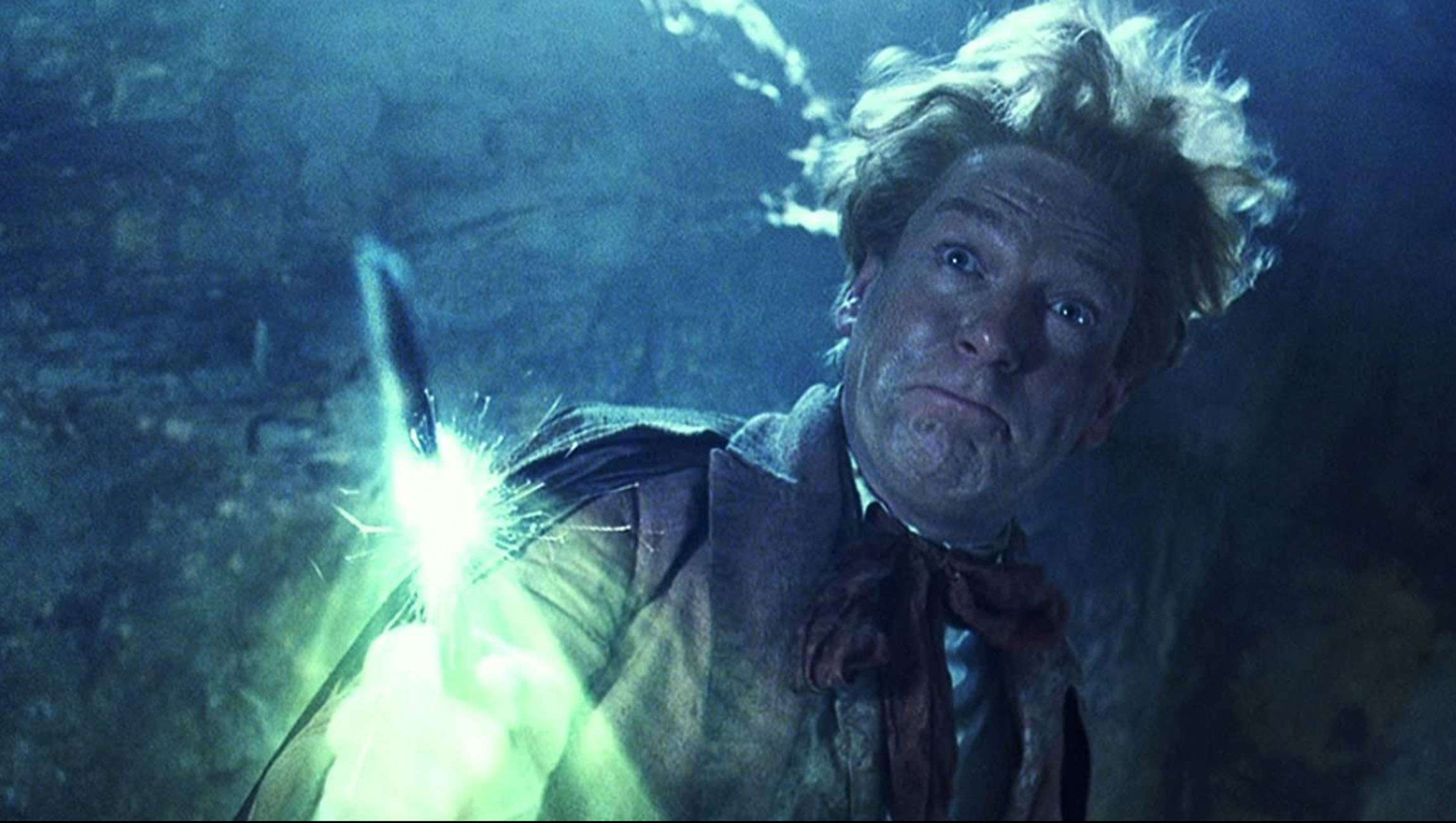Create a free profile to get unlimited access to exclusive videos, sweepstakes, and more!
How our brain holds on to memories so they won’t vanish

What would we be without our memories? If you saw what happened to Gilderoy Lockhart in Harry Potter and the Chamber of Secrets, when he turned completely clueless after his obliviate charm backfired, you might have an idea.
So maybe most of us wouldn’t appear as foolish as Lockhart (who was already a fraud) if we suddenly forgot everything that has ever happened to us, but that spell was onto something. It knew how to undo the mechanism that burns memories into our minds. Magic isn’t science. Something in our brains is responsible for holding on to a memory. However, a team of neuroscientists has now made a breakthrough in figuring out the almost supernatural way our brain processes memories to be distinct enough to we don’t exist in a haze and to last long enough for us not to forget.
“The formation and maintenance of spatial representations within hippocampal cell assemblies is strongly dictated by patterns of inhibition from diverse interneuron populations,” said University of Bristol neuroscientist Matt Udakis in a groundbreaking study he led, which was recently published in Nature Communications.
Memories are formed when synapses, or connections, between neurons are strengthened. They are necessary for us to see how well we can predict something, which helps inform future decisions. An absence of memory would mean making the same mistake over and over without any progress. It is a balance of neuron synapses in the brain that makes it possible for us to remember everything from specific personal experiences to self-preservation that we take for granted, such as the retained knowledge that fire is hot or gasoline fumes are toxic. There are excitatory synapses, which rev up neurons in the hippocampus, the brain’s epicenter for learning and memory. These are stabilized by inhibitory synapses, which prevent other information from getting scrambled with specific memories.
“Long-term inhibitory plasticity…is predicted to achieve the reverse outcome prioritizing previously learned associations and making the network less receptive to new information,” Udakis said. “Such a scenario would fit with the second role of inhibitory plasticity inhibiting excitatory plasticity and therefore the formation of new [memory] representations.”
Before, it was not entirely known how memories are prevented from interfering with other information. This is the first time ever that scientists have found out how two different types of inhibitory synapses, each of which expresses a different chemical — the protein parvalbumin and the hormone somatostatin — change their levels of strength depending on how much is needed to balance out excitatory synapses and hold on to memories. Parvalbumin (PV) neurons can sync electrical activity in other neurons and control the timing of periods when the brain has more plasticity, meaning it can be rewired more easily. Somatostatin (SST) not only regulates processes that happen throughout the body, but modifies the transmission of information between neurons and memory formation.
Udakis and his team also created a computer simulation to show how inhibitory PV and SST neurons can change up their connections and facilitate learning and remembering. The simulation revealed which neuron responses PV and SST would increase, and to which inputs in the brain those responses would go.
“[We] reveal[ed] a novel form of inhibitory plasticity in the hippocampus induced by physiological patterns of firing,” said Udakis. “It has major implications for hippocampal function controlling input-output relationships…and provides a mechanism to explain a long-standing conundrum regarding [hippocampal neuron] stability versus flexibility.”
Remember that.


























